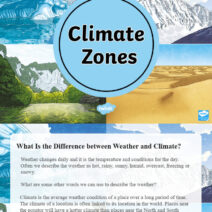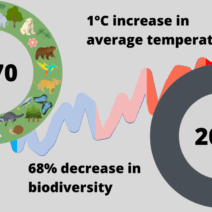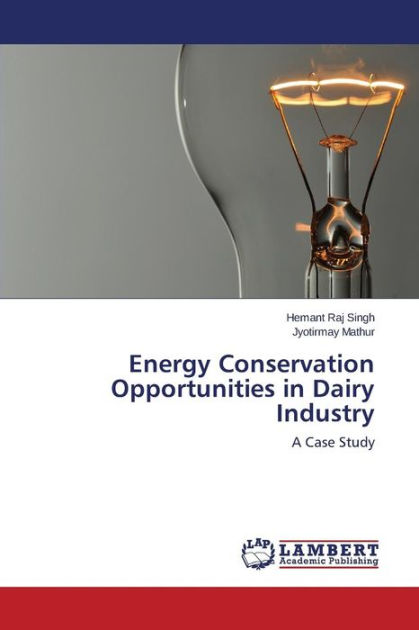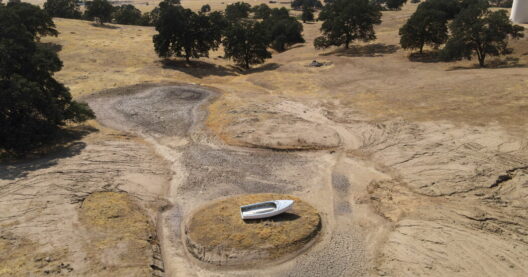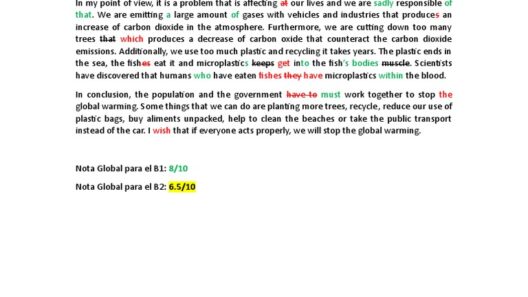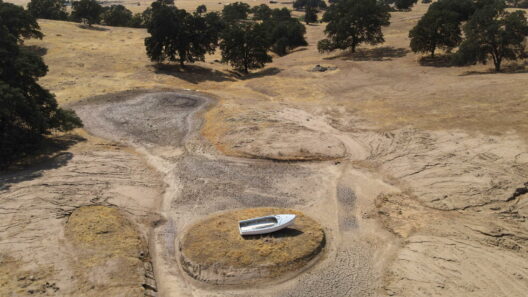As the world grapples with shifting climates and erratic weather patterns, a question emerges that stirs both curiosity and skepticism: Do scientists really believe in global warming? This inquiry necessitates an exploration of scientific consensus, evidence-based research, and the dichotomy between fact and fiction. What if we dissected this topic with a critical lens, aiming to uncover the truth buried beneath layers of misinformation?
To embark on this journey, we need to first understand what global warming signifies. At its core, global warming refers to the long-term rise in Earth’s average surface temperature due to human activities, predominantly the burning of fossil fuels. This process releases greenhouse gases like carbon dioxide and methane into the atmosphere, where they trap heat and contribute to climate change. The fundamental mechanism by which this occurs is well-documented in peer-reviewed scientific literature.
Yet, despite the overwhelming evidence, a faction remains skeptical. Misinterpretations and deliberate obfuscation of facts give rise to the notion that scientists are divided on this pivotal issue. The challenge lies in the cacophony of voices, each clamoring for attention, making it difficult to discern the credible sources from the charlatans. So, what does the scientific community truly believe?
The Intergovernmental Panel on Climate Change (IPCC), an authoritative body composed of thousands of scientists from around the globe, presents consensus findings that are hard to refute. The IPCC’s reports articulate the reality of global warming with alarming clarity, stating that human influence on the climate system is unprecedented in the last centuries. These assertions are buttressed by extensive research that utilizes data from climate models, satellite observations, and paleoclimate evidence.
Moreover, the National Aeronautics and Space Administration (NASA) and the National Oceanic and Atmospheric Administration (NOAA) corroborate these findings, demonstrating a relentless commitment to scientific transparency. Their data shows a troubling trend: the planet’s temperature has risen approximately 1.2 degrees Celsius since the late 19th century. This may seem modest, but its implications are cataclysmic.
What about the voices countering this narrative? Often, these dissenters conjure up arguments questioning the credibility of climate models, insisting that temperature fluctuations are mere components of Earth’s natural variability. While natural factors, such as solar radiation and volcanic activity, undoubtedly influence climate, the prevailing consensus is that the current rapid changes cannot be sufficiently explained without acknowledging anthropogenic factors.
Leaving aside counterarguments, one must delve into the tangible consequences of global warming. The ramifications are observable: rising sea levels, increased frequency of extreme weather events, and disrupted ecosystems. The designations of “climate refugee” and “extinction crisis” are no longer mere jargon but unfolding realities. The Galápagos Islands, known for their unique biodiversity, are experiencing shifts that threaten endemic species, echoing the urgent need for awareness and action.
As we parse through data, Excel sheets populated with figures, it is vital to recognize that the implications of global warming extend beyond mere numbers. Social and economic systems are inextricably intertwined with environmental health. Agriculture, for instance, faces devastating impacts from shifting weather patterns, posing a challenge to food security as crops falter under drought or floods. This begs the question: how can we continue to exist in harmony with our environment if we ignore the ominous signs it presents?
Education plays a critical role in addressing the misconceptions surrounding climate change. A well-informed populace is better equipped to challenge false narratives. Programs aimed at enhancing scientific literacy are essential in propagating an understanding of climate dynamics. Community initiatives that promote environmental stewardship serve to empower individuals, fostering a culture where climate action is not merely an afterthought but a priority.
One may ponder, what role do policy-makers play in this equation? Governments worldwide hold the keys to enacting change through legislation aimed at reducing carbon emissions and investing in renewable energy sources. However, political inertia often hampers progress. The interplay between scientific evidence and policy is fraught with challenges, as lobbying from fossil fuel industries seeks to obfuscate the urgency of climate action. The adversities faced by lawmakers can amplify a sense of uncertainty among the public regarding the scientific consensus on climate change.
Nevertheless, hope exists in the initiatives sprouting across the globe. Grassroots movements advocate for climate action, compelling leaders to prioritize sustainability. The youth, armed with knowledge, invigorate the discourse with passionate pleas for climate justice, holding the older generations accountable for the legacies bequeathed unto them. Each voice strengthens the narrative that the consequences of global warming are not distant threats but current realities needing immediate attention.
Ultimately, navigating the waters of scientific belief in global warming reveals a robust consensus overshadowed by misleading information. The challenge we face is not whether scientists believe in climate change but whether we, as stewards of the planet, can come together to acknowledge the facts, address the fiction, and endeavor to mitigate the ramifications of a warming world. It is incumbent upon society to listen, learn, and act now—our planet’s future hangs in the balance.

